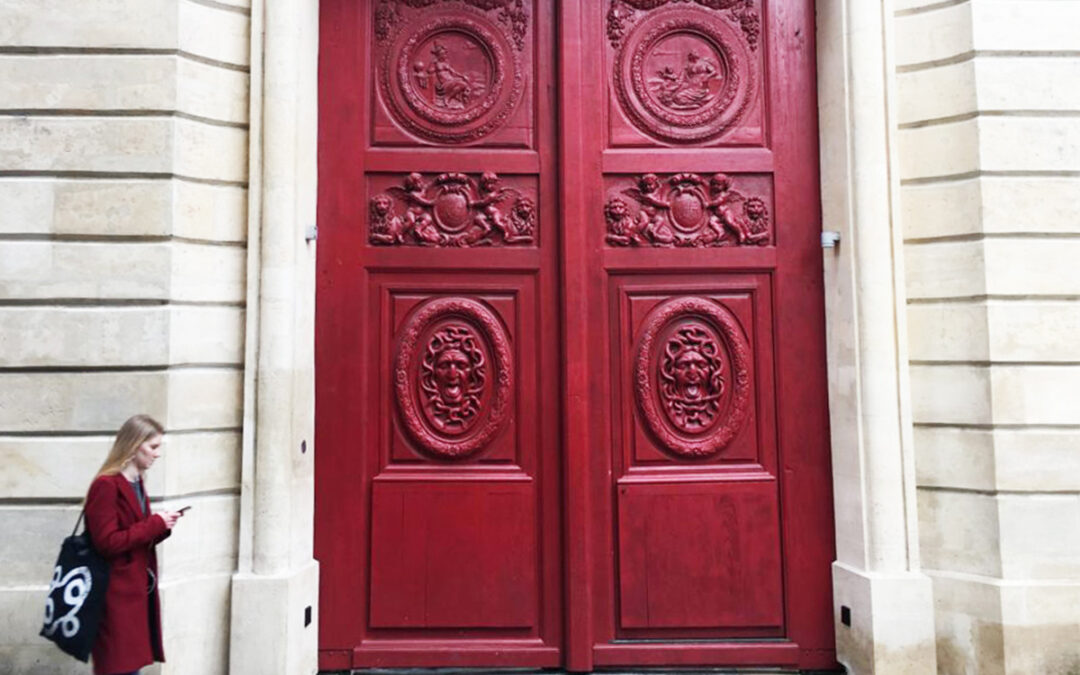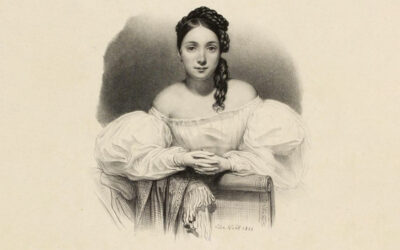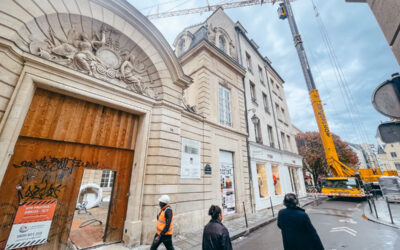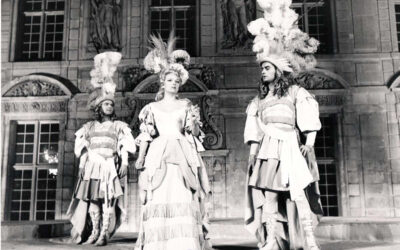You know it, it is one of the most majestic gates in the Marais.
It is decorated with a Gorgon, this jellyfish with the head of a woman with hair intertwined with snakes, which is said to have the power to petrify any mortal who looks at it.
Suffice it to say that the Hôtel Amelot de Bisseuil, more commonly known as the Hôtel des Ambassadeurs de Hollande and the flagship of the Marais, has high protection against the evil eye and… indiscretions.
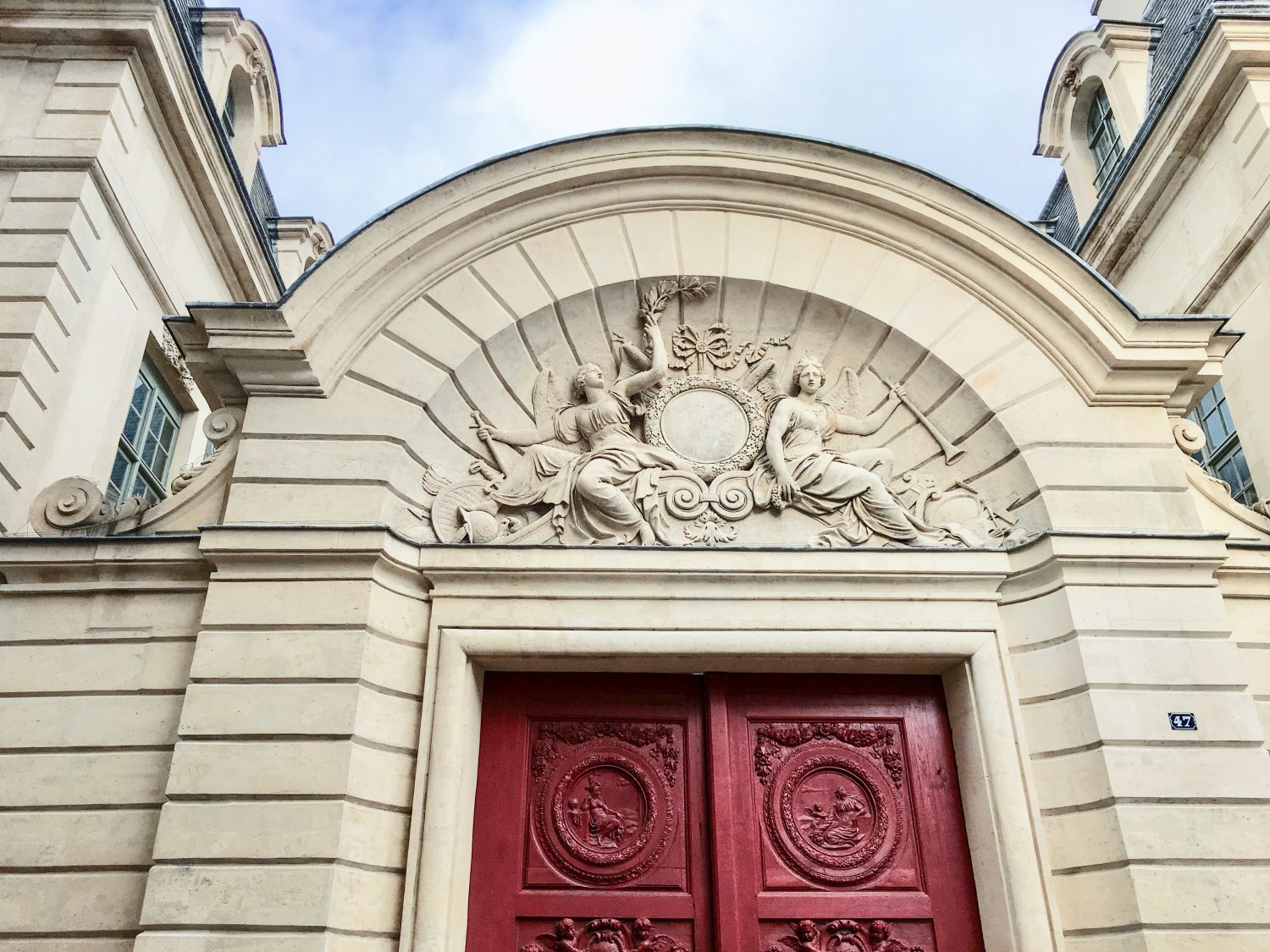
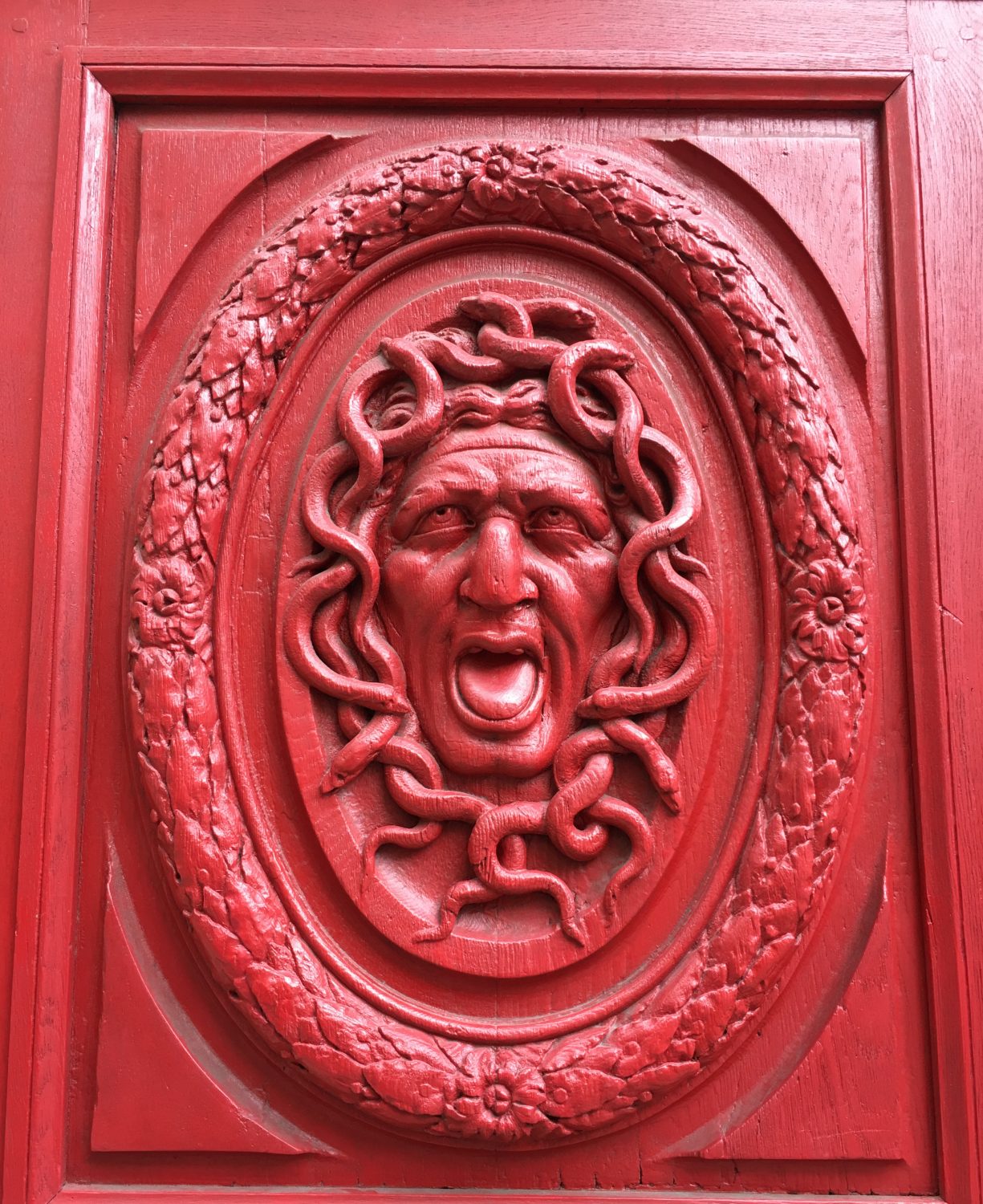
Gorgon from the door of the Amelot hotel in Bisseuil (or Dutch ambassadors' hotel), sculpted by Thomas Régnaudin. Photo ©Katia Barillot
Built between 1657 and 1660 from a Middle Ages building then listed as a Historic Monument in 1924, this hotel as we know it today stands out for its very unusual architectural bias.
Thus, he does not have garden pbecause it is located on a narrow plot of land overlooking not a courtyard and a garden, as would be appropriate in the classic organization of a private mansion, but between two courtyards.onnant for one at 47 rue Vieille du Temple and for the other at 10 rue des Guillemites – formerly named rue des Singes -.
However, the interior organization of this private hotel makes it a real gem.
While the stables and carriage houses are located on the ground floor, upstairs there are state apartments, service apartments, study rooms, anterooms and bedrooms.
Pieces each more dazzling than the last.
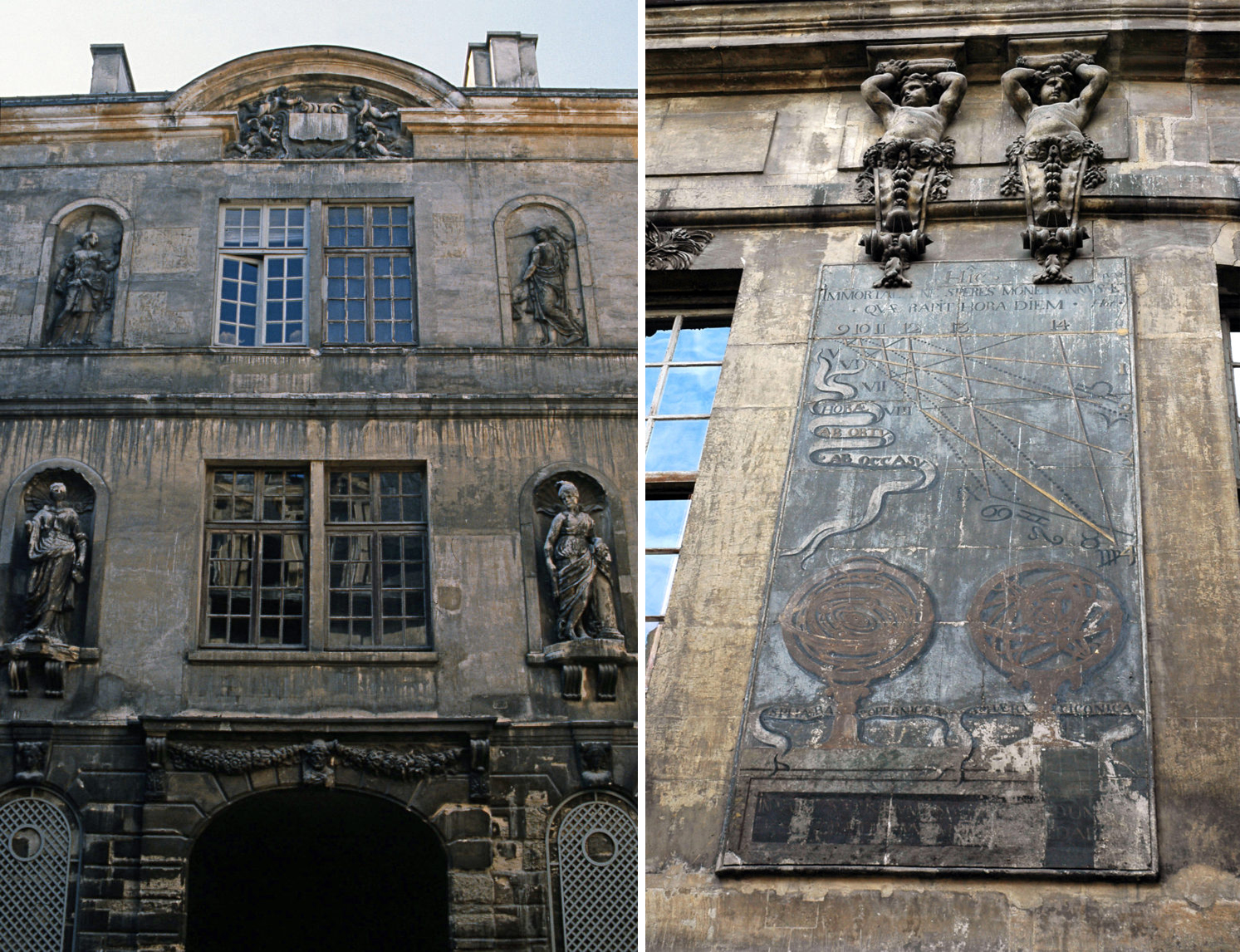
Hotel Amelot de Bisseuil known as the Ambassadors of Holland, interior facade, before restoration. Photo ©Marianne Ström
Extraordinary interior decorations were created in the mid-XNUMXth century by prestigious artists tsuch as Michel Corneille and Jean Cotelle for the Galerie Psyché, Louis Boulogne for the Italian room.
In the XNUMXth century it was Joseph-Marie Vien and Guibert who worked on the Salon de Flore and the Salon des Zephyrs, which survived despite the revolution.
The sumptuous building had illustrious owners and tenants until the XNUMXth century, such as Marshal Jean de Rieux, a Breton gentleman and comrade-in-arms of du Guesclin.
In 1638 it was sold by Henriette de Coulanges, aunt of Madame de Sévigné, to the Amelot de Bisseuil family, financial intendant and master of requests, who had it rebuilt in a majestic manner by the architect Pierre Cottard.
Moreover, one of the names of this hotel comes from the name of this powerful Parisian dress family.
The designation Hôtel des Ambassadeurs de Hollande appeared in the XNUMXth century and its origin remains mysterious and enigmatic.
No reliable source can suggest that a Dutch diplomat lived there, apart from the allusion to a probable party given by the Dutch ambassador in 1757 in this hotel transcribed by the writer Restif de la Bretonne in his work Mr Nicolas et by the long stay of the chaplain of the Dutch embassy who would have celebrated worship there.
The Amelot hotel in Bisseuil also witnessed an important episode in the history of France: in 1407, a few meters from the building, the assassination of Duke Louis of Orléans, brother of King Charles VI, took place, by his first cousin the Duke of Burgundy, Jean sans Peur.
In 1759, Louis Le Tellier acquired the hotel and carried out improvements with the participation of the sculptor Honoré Guibert.
What followed was a new waltz of owners and tenants, the most famous of whom was Pierre-Augustin Caron de Beaumarchais who founded a trading house there in 1776 which was in fact a shell company whose goal being to come to the aid of the American colonists insurgent against England without compromising France.
It is also in this hotel that Beaumarchais finished writing The Marriage of Figaro.
During the Revolution the hotel was abandoned and was very damaged in the XNUMXth century.e and XIXe century by traders and craftsmen who divided it into apartments, stores and workshops.
It was only in 1924 that its new owner, Colonel Paul Brenot, undertook its restoration with the architect Danis.
In the 50s, the hotel was purchased and magnificently restored by a great patron of the XNUMXth century.e century: the founder of the Air France group, Paul-Louis Weiller.
During this period, great personalities entered this splendid place.
Since 2010 this hotel has belonged to Acanthe Développement, a real estate company focused on privileged districts of Paris, which has launched heavy renovation work supervised by the historian Pascal Payen-Appenzeller, specialist in town planning and the History of Paris and by the architect Jean-François Lagneau.
For a few months, the hotel housed a Chanel pop-up boutique on the ground floor.
Now theRumor has it that a Michelin-starred restaurant could replace the fashion house.
Text: ©Ella David
The photos below were lent to us by our colleagues from the Vivre le Marais website.
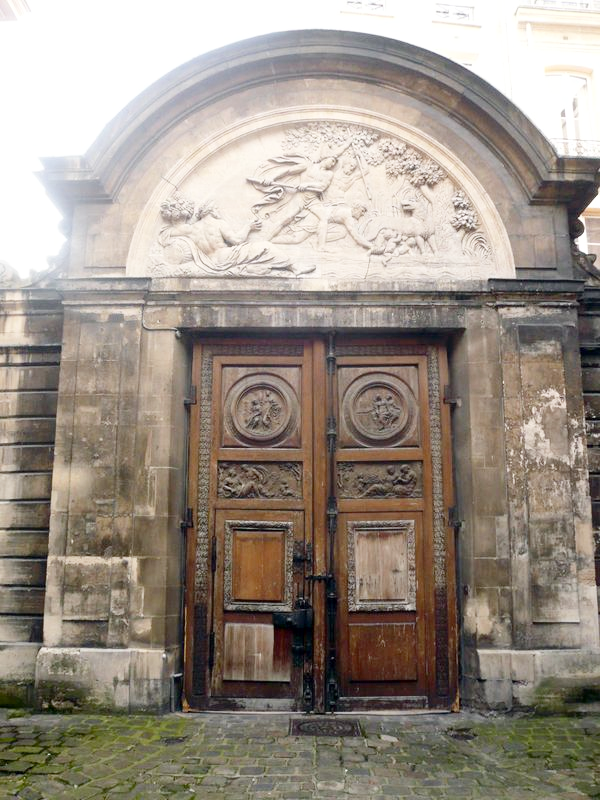
Interior view of the portal, surmounted by a semicircular arch which represents Romulus and Remus being suckled by the she-wolf. Sculpted decoration by Thomas Regnaudin (1622-1706). On the street side, we find a similar decor which represents two “fames” with their trumpets, before restoration.
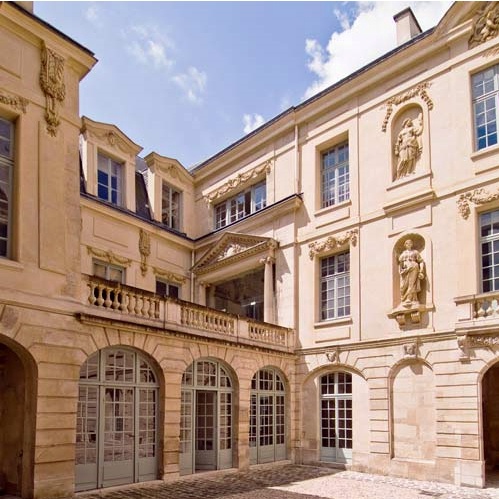
View of the second interior courtyard, richly decorated with statues in their niches, which represent Dawn, Dusk, and the virtues: Strength, Truth, Prudence, Justice, Vigilance and Wisdom. Terrace on the left and access portal to the west wing, with Ionic columns and pediment.
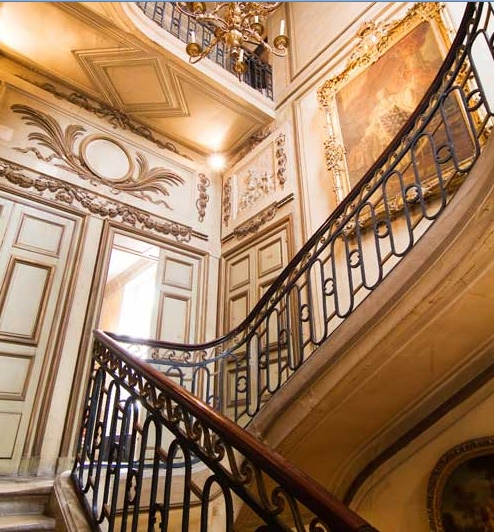
The staircase and its wrought iron banister, which we owe to Le Tellier.
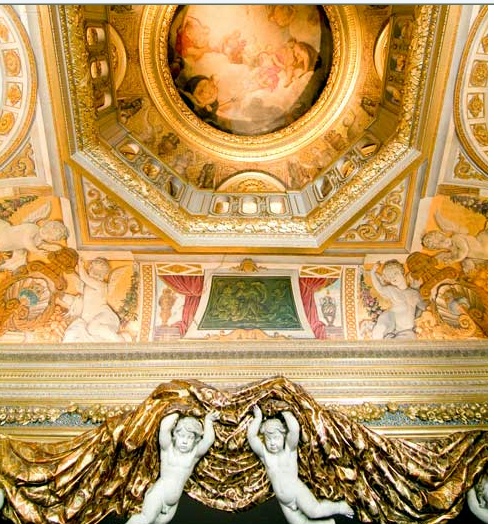
Ceiling of the “Italian bedroom”.
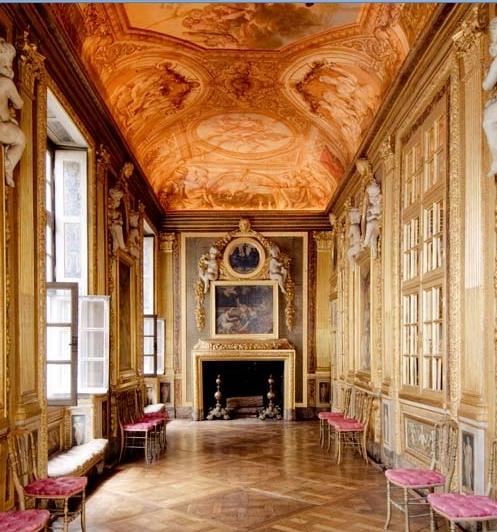
The gallery of Psyche (Michel 1st Corneille, ca 1660), one of the jewels of the monument.
FOR PASSIONATES OFUS
Juliette Drouet actress, muse and mistress of Victor Hugo
At 14 rue Sainte-Anastase, from 1836 to 45 and at 12 from 1845 to 48, a few hundred meters from Place des Vosges, lived the muse and lover of Victor Hugo, Juliette Drouet née Julienne Gauvain.
Rue Vieille-du-Temple: the fabulous construction site restarts
A luxury hotel will be created at the end of the work. On the ground floor, the old stables and carriage houses will house the restaurant on the large courtyard, while the first courtyard, on rue Vieille-du-Temple, will feature two businesses continuing its 19th century layout.
The Marais festival, a fabulous story
The Festival du Marais dates back to a time that those under 60 cannot know. However, this leading artistic event was for a long time one of the most popular cultural events in the capital. For a quarter of a century, from 1962 to 1987, this unique festival…
NOW ON THE MOOD MARSH
The best tattoo parlors in Marais
Tattooing, an age-old practice, has long been the prerogative of convicts, dock workers, the underworld and sailors. Although it has become democratized, now affecting all profiles and concerning one in five French people, including 16% women compared to 10% men, it still remains taboo due to its definitive and transgressive nature.
Juliette Drouet actress, muse and mistress of Victor Hugo
At 14 rue Sainte-Anastase, from 1836 to 45 and at 12 from 1845 to 48, a few hundred meters from Place des Vosges, lived the muse and lover of Victor Hugo, Juliette Drouet née Julienne Gauvain.
Piccola Mia, the pizzas of the Republic
On the Place de la République, a brasserie with Italian accents has just opened, which quickly made people forget the old Pizza Pino. Welcome to Piccola Mia, the fruit of the joyful encounter between Italian chef Denny Imbroisi, pizza chef Julien Serri and mixologist Matthias Giroud who creates a creative cocktail menu.

